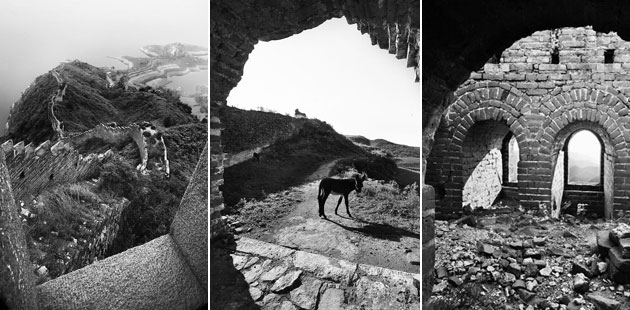Source of tainted milk still a secret
Updated: 2011-12-29 08:14
By Zhou Wenting (China Daily)
|
|||||||||
BEIJING - Four days after it was announced that a batch of milk produced by China's biggest dairy manufacturer was tainted with excessive levels of a cancer-causing toxin, the company says the culprit was mildewed feed, but it still refuses to reveal the batch number and the source of the raw milk.
"The reason for the incident has been identified as moldy cattle feed, which led to excessive aflatoxin in the raw milk," Mengniu Dairy Group said in a statement on its website in Hong Kong on Wednesday.
No equivalent statement was posted on its mainland website.
The General Administration of Quality Supervision, Inspection and Quarantine on Dec 24 published the results of a random check it made on dairy products, which found the amount of aflatoxin in a 250 milliliter carton of milk produced by Mengniu on Oct 18 in Meishan, Sichuan province, was more than twice the national limit.
Several consumers uploaded photos on the Internet on Tuesday, showing the batch numbers of boxes of Mengniu milk produced on Oct 18 in Meishan.
In response, Ji Xiaodong, an assistant spokesman for the company, said dozens of batches are produced every day, and "the batch numbers shown in the pictures are not the same as the faulty batch".
Mengniu says there are around 200 boxes of milk products in every batch, which experts say means there is a strong possibility that the faulty raw milk was also used to produce other batches.
"From the size of the vats that Mengniu uses to contain milk, it's impossible that a vat of raw milk only produces 200 boxes of products," said Wang Dingmian, chairman of the Guangzhou Dairy Association. But Ji insisted that, "not a single carton of milk has made its way into the market".
Mengniu has refused to reveal where the raw milk came from, although most dairy manufacturers have strict trace systems in place.
Modern Farming, a major supplier of raw milk to Mengniu's Meishan plant, has come under suspicion as the source of the raw milk.
However, Gao Lina, president of Modern Farming, told media that they conduct their own tests, which include testing for aflatoxin, before the raw milk leaves the factory on a daily basis, and have found no problems so far.
Meanwhile, Changfu Dairy, the largest dairy producer in Fujian province, which was the other company found to have excessive levels of aflatoxin in its milk, has admitted the problematic batch had been sold to the market.
"But we initiated the recall immediately after the test, and have destroyed the batch," it said in a statement on its website on Monday.
It said the findings were "a burning shame" on its 13 years of operation.
Meanwhile, experts said the aflatoxin in milk will disappear after the cows stop having contaminated feed.
Research shows that after five successive days of clean cattle feed, the aflatoxin in milk produced by cows that have taken tainted feed will return to a safe standard.
Li Shengli, a professor from the College of Animal Science and Technology of China Agricultural University, told China Daily that only 3 to 11 percent of the toxin eaten by cows ends up in their milk.
"The majority is excreted, and some is absorbed by their liver," he said.











